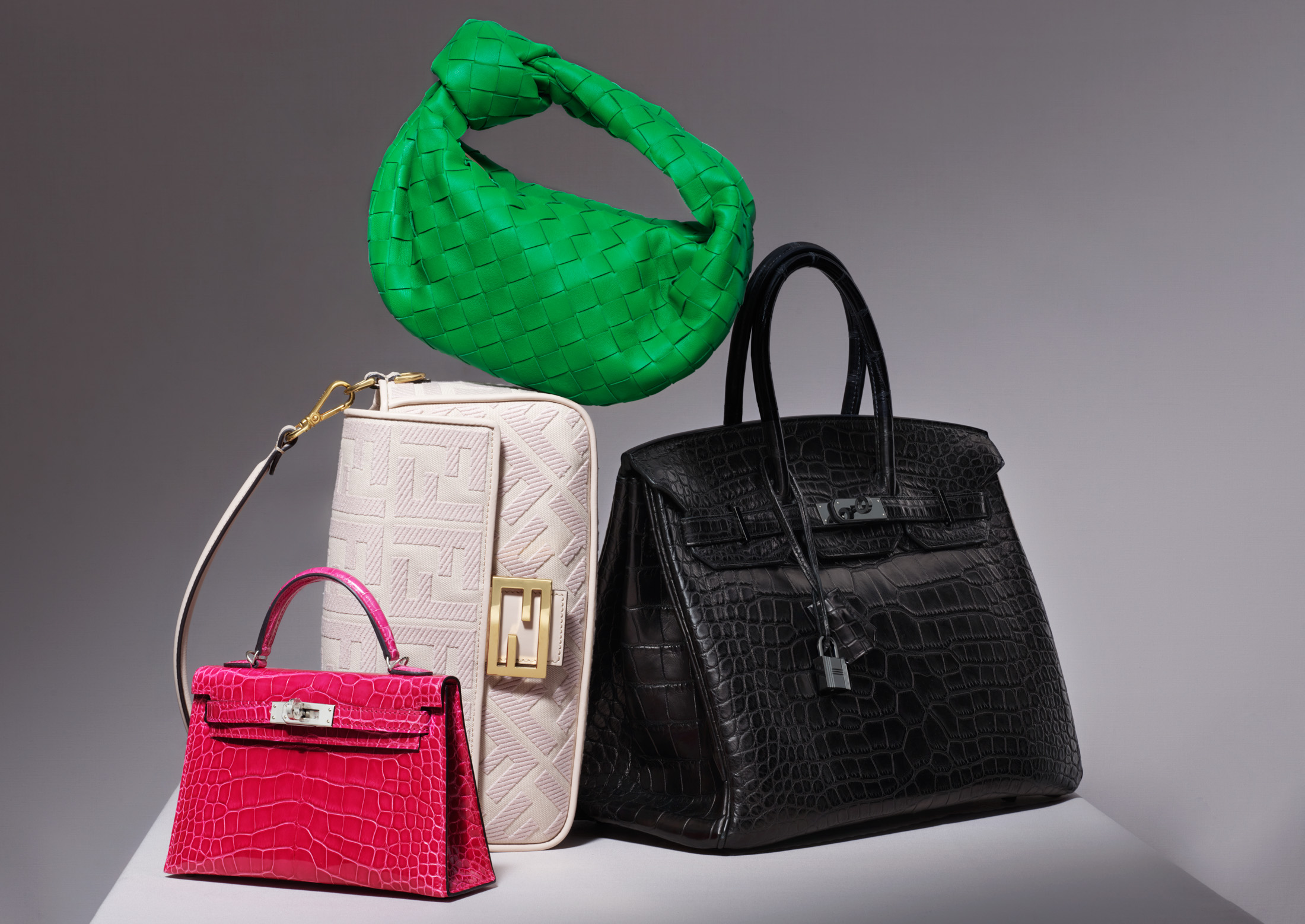It is everywhere you turn: demand for luxury goods has dropped, and, coupled with other macroeconomic challenges like inflation, it seems that consumers’ appetite for luxury has waned considerably.
And while luxury brands are working hard to whet that appetite once again, somehow, the biggest winners in all of this are the consumers themselves. More and more luxury connoisseurs are finding creative ways to make their past and present purchases work for them, while they wait for the market to pick up.

A tried and true way consumers have always taken advantage of a slump in the luxury market (or not) is to turn their luxury properties into income generators. A typical example is owners of private resorts and islands who let out their properties to ultra-luxury travellers, like Sir Richard Branson’s Necker island in the British Virgin Islands that is only accessible to the 1%, and other lesser-known, almost secret tiny island resorts that provide the most in terms of authentic luxury and privacy.
Then there are the owners of luxury boats, yachts and other maritime vehicles who rent out their transport to adventure seekers who love the thrill of spending time off solid grounds without the added and rather expensive hassle of maintaining these water-bound vessels. They belong in the same category as owners of private jets who periodically rent them out and services that rent out luxury handbags, clothes and even jewellery; although this last category does not appear to be as common as letting out luxury real estate, yachts and jets.

Another way wealthy consumers of luxury profit off their passion is by investing. Luxury market slumps may mean that demand for luxury goods slows down considerably, but, for avid luxury collectors and discerning customers, it may be the perfect opportunity to buy and hold. This might explain why brands like Hermès, Brunello Cucinelli and Prada are reporting modest profits despite customers’ increasing desire to hold on to their credit cards and leather purses.
Slower luxury sales mean that brands cannot make sharp price changes, leading to buyers paying less than they would have in times of increased demand. Discerning consumers know this is perhaps the best time to chase down valuable luxury products that would more than double in price when the time is right.

But perhaps, the most surprising way luxury goods owners are profiting this season is by using what they own as collateral for loans. Per Lamna Financial, a leading South African asset-based lender, lending against luxury timepieces has increased in the last year, by a significant 20 per cent.
According to CEO, Charles Meyerowitz, this is in part due to “a growing awareness and utilisation of luxury watches as a reliable financial tool”, as well as “[global] decline [which] has inadvertently boosted their appeal as collateral for loans. Owners are increasingly leveraging their timepieces to secure immediate funds, capitalising on the inherent value and liquidity of luxury watches.”

The ease of the entire process is also a major incentive for this increasingly attractive practice. “Clients can bring in their watches for a professional valuation, and within hours, they can access the funds they need. This service has become increasingly popular among high-net-worth individuals and collectors who understand the financial benefits of leveraging their luxury assets.”
In the end, Meyerowitz sums up what avid luxury aficionados and true luxury lovers know that other less discerning, more trend-chasing consumers may not understand, and why the luxury market slump does not bother the former as the latter: “While the global market trends indicate a decline in … values, it doesn’t diminish the intrinsic worth of these luxury items.”
